Plantar fasciitis, bunions, neuromas, foot pain, ankle pain, knee pain, hip pain, and sometimes even shoulder pain can all be attributed to us being too soft on our feet and not walking how we have adapted to walk over thousands and thousands of years. Modern shoes and arch supports don’t help correct the underlying problems we have, they are training wheels at best. Just like learning how to ride a bike eventually, you gotta take the training wheels off and be a big boy/girl.
Seriously though, arch supports decrease the need for your ligaments and muscles to support your arches. Looking at this from an engineering point of view, the easiest way to break an arch is to push up on the “keystone”. This is essentially what arch support does, and while you may feel relief in the short term more often than not you will end up feeling the same symptom or something seemingly unrelated sooner or later. These issues arise because supportive footwear changes our natural movement patterns. Typically people will feel pain in their feet, ankles, knees, or hips at some point after beginning wearing supportive footwear. At times you may feel pain in areas such as your shoulder (typically the shoulder on the opposite side of the “problem leg”) after wearing supportive footwear due to the way our legs and arms move together as we walk.
Your ligaments and many of the muscles in your feet and ankle, specifically the posterior tibialis, help to support your arches. These are also highly affected by the stress we are under, which could be physical, chemical, or emotional, and should be addressed as well. More about this in my article about stress.
The large majority of people should be walking around barefoot or in minimalist-style footwear. This allows your feet to spread and move as they naturally would and will help to improve the strength and mobility of the muscles, ligaments, tendons, and bones in your feet so you don’t require any foot support. If you are used to traditional style footwear, orthotics, etc… ease your way into barefoot walking. Start with walking around the house barefoot if you don’t do that already. Then move into a few-minute walk and increase the time as your body allows.
Avoid statically stretching your feet as oftentimes this can further weaken the already weak muscles and ligaments. Instead work on strengthening your feet by picking up objects with your feet such as a towel, small rocks, etc….
Self-massage or have a friend work on any trigger points in your posterior tibialis (the muscle just behind your shin on the inside of your leg), and your calf muscles. Just make sure to stay on the belly of the muscles and avoid the Achilles tendon. Also, avoid the area in the foot that hurts as this is typically not what is causing the dysfunction. You know you’re working the right spot if you feel improvement in a previously painful range of motion while holding pressure on a trigger point.
Footwear
The basic rule of thumb the less you have to wear shoes the better, however, there are plenty of companies that make shoes that meet the following criteria:
- Wide toe box – this allows your feet to spread out naturally
- Zero drop – There should be no difference from the back of the shoe to the front, most conventional shoes raise your heels slightly (this causes your calf muscle to shorten and feel tight without the shoe on)
- Flexible – Allows your feet to bend as they naturally should
Here are a few companies that I use and recommend:
- Whitin
- Vivobarefoot
- Xeroshoes
- Feelgrounds
As you begin to walk barefoot more often and strengthen your feet and legs pay attention to how many aches and pains begin to melt away. Leg injuries are likely to decrease as well because you’ll have stronger, more resilient feet and ankles.
TL;DR
- Traditional footwear weakens your feet and arches and can cause problems up the chain (knees and hips, sometimes even the shoulder)
- Barefoot and minimalist shoes are best, this strengthens your feet and reduces the problems caused by supportive footwear.
- Decrease your stress – as the muscles in your lower leg are fatigue quickly from stress
- Avoid static stretching



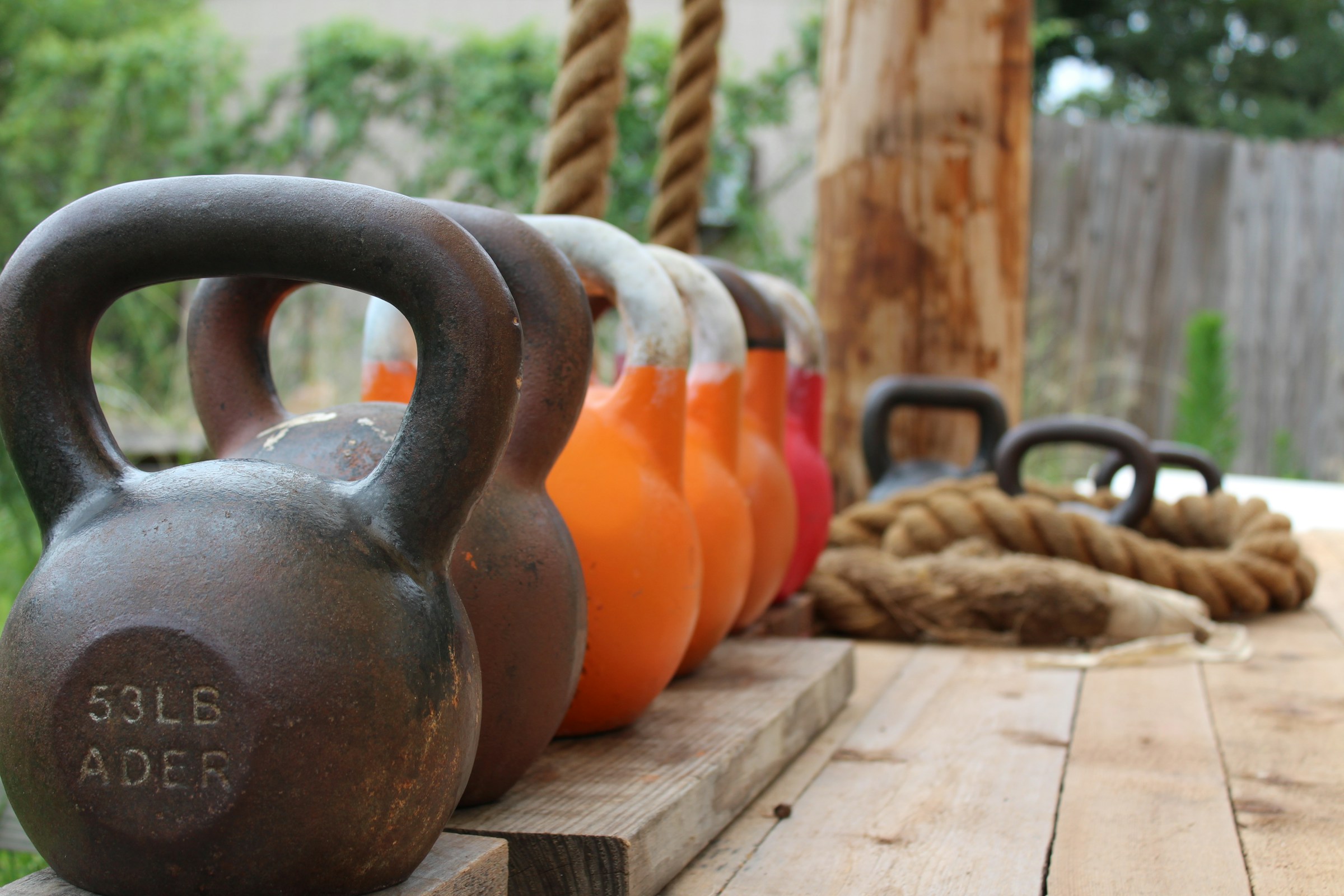

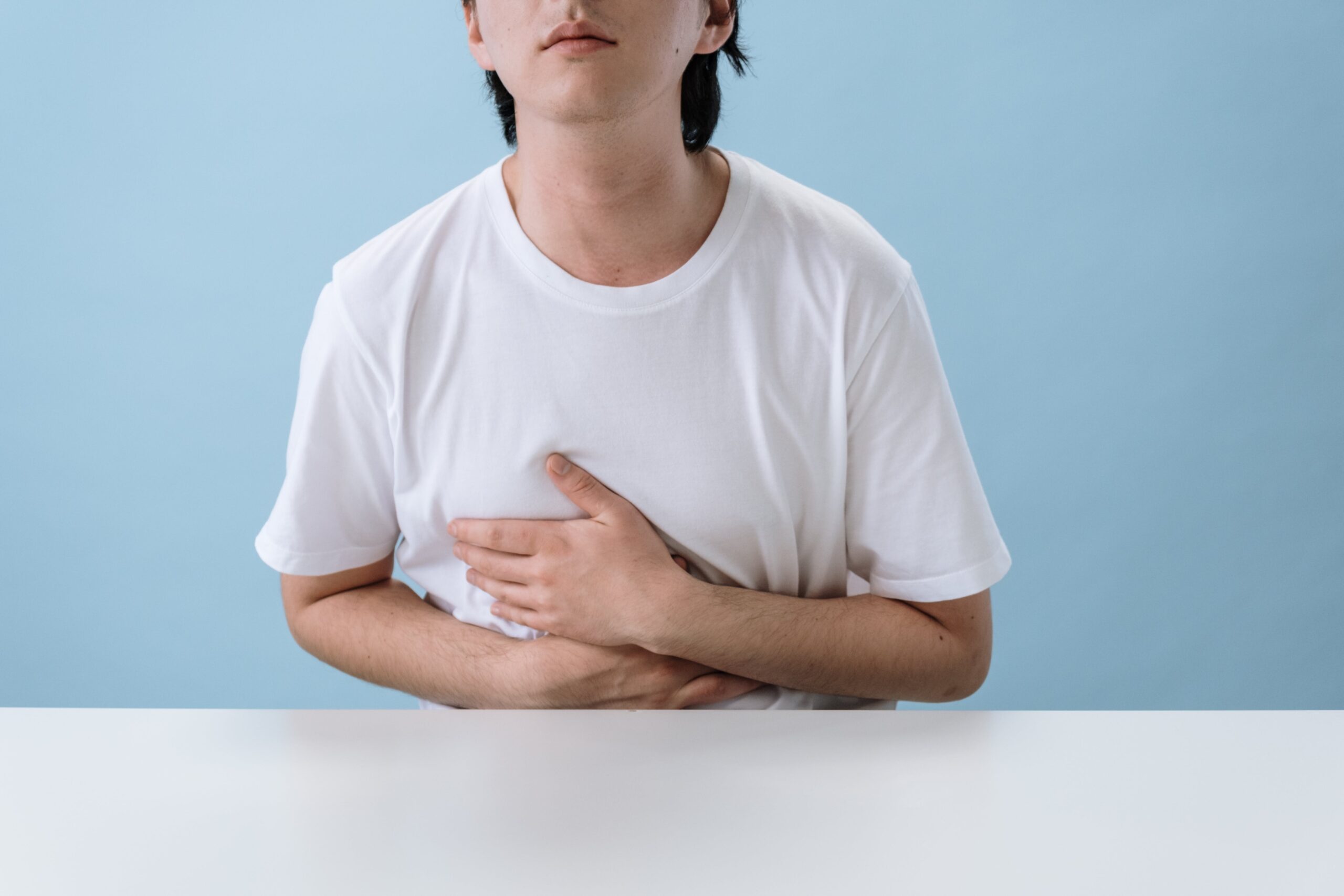
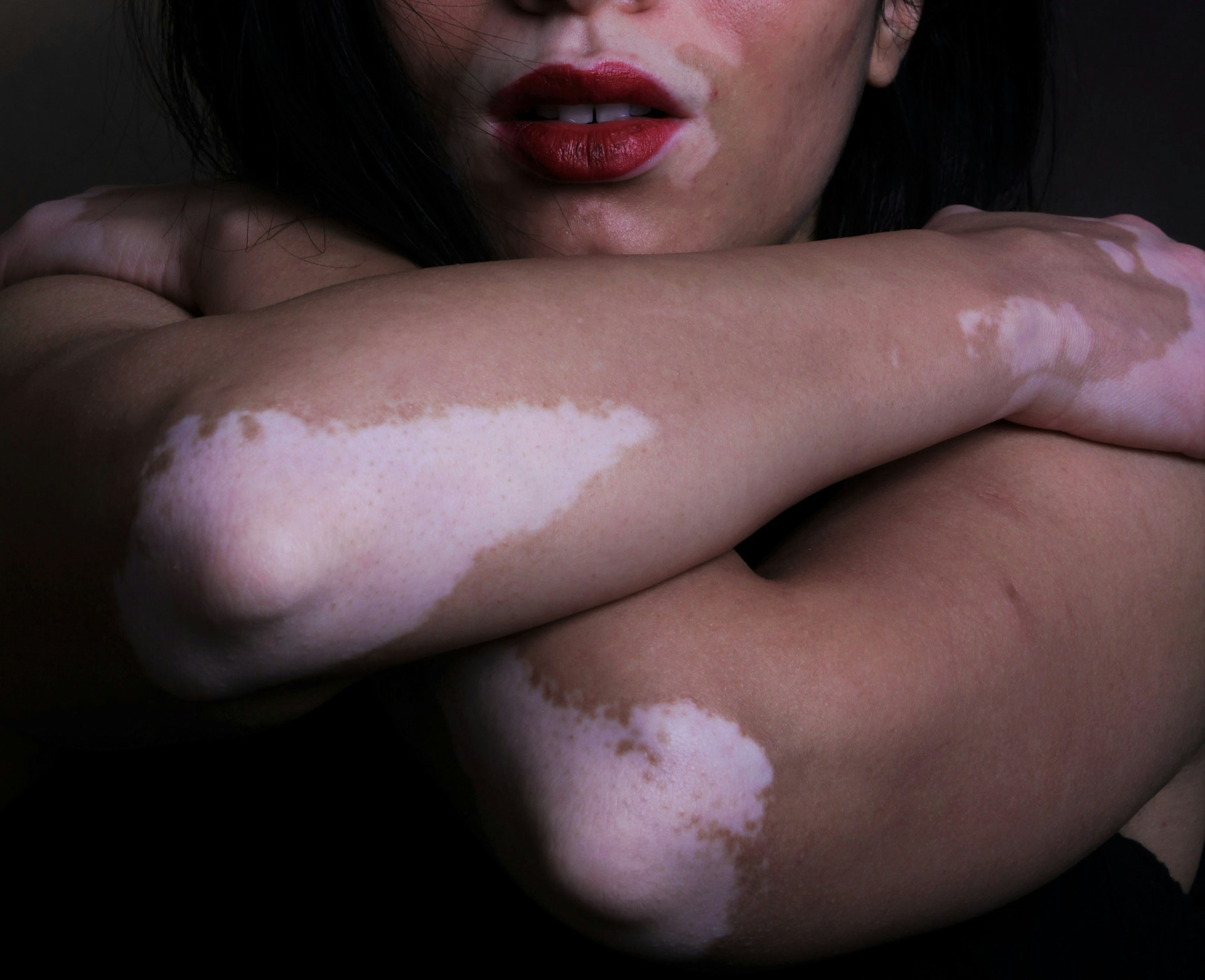


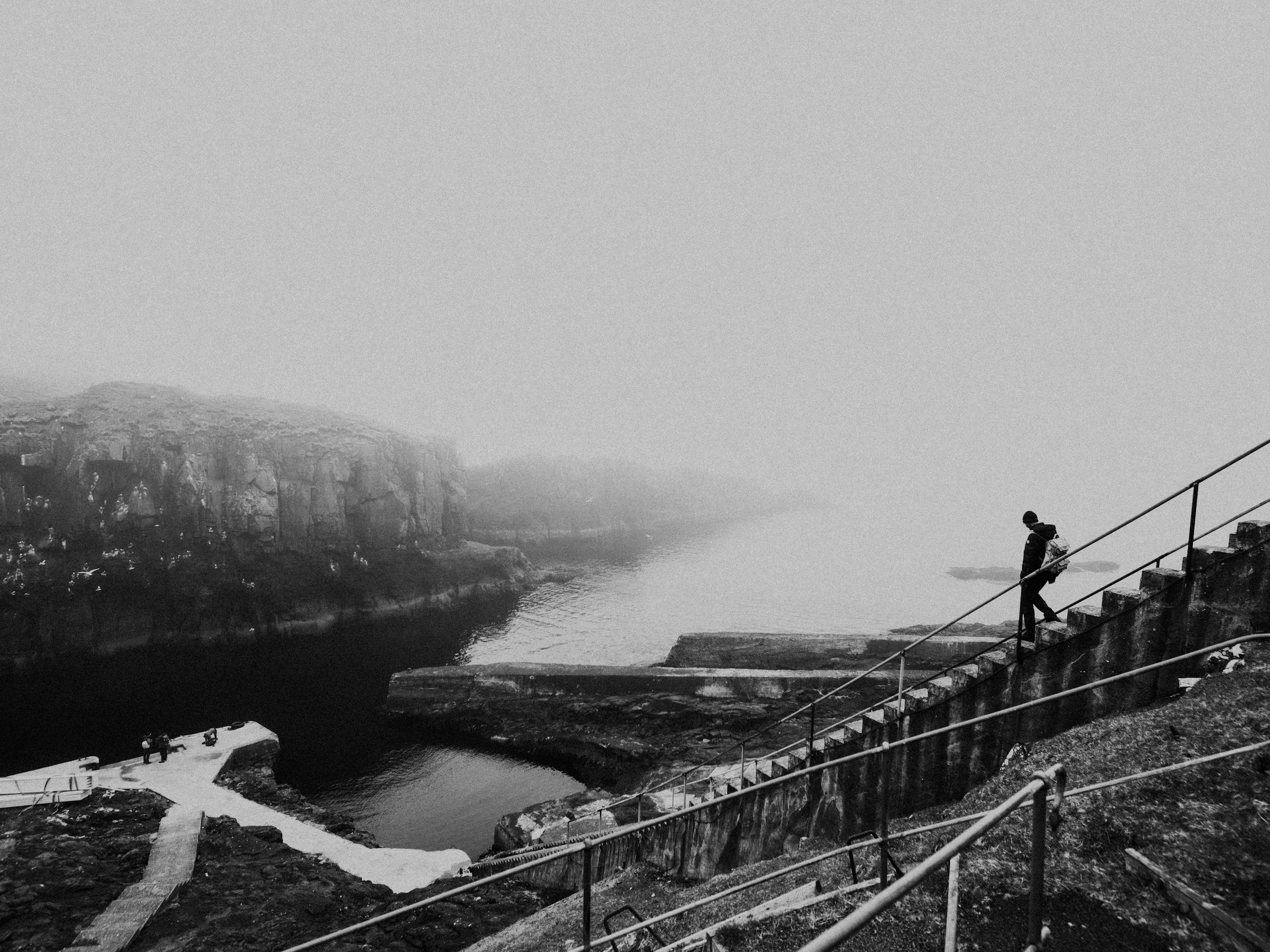

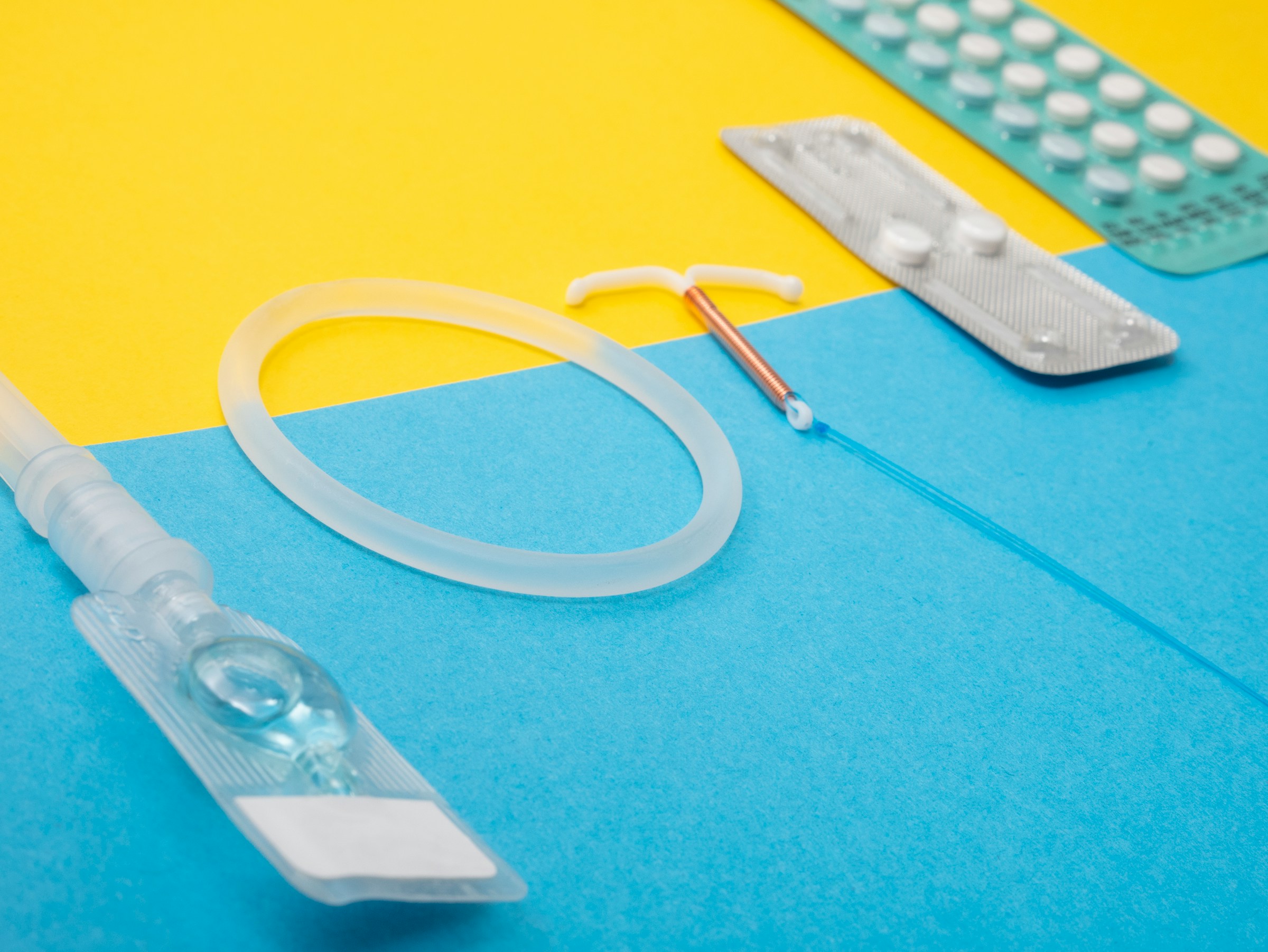
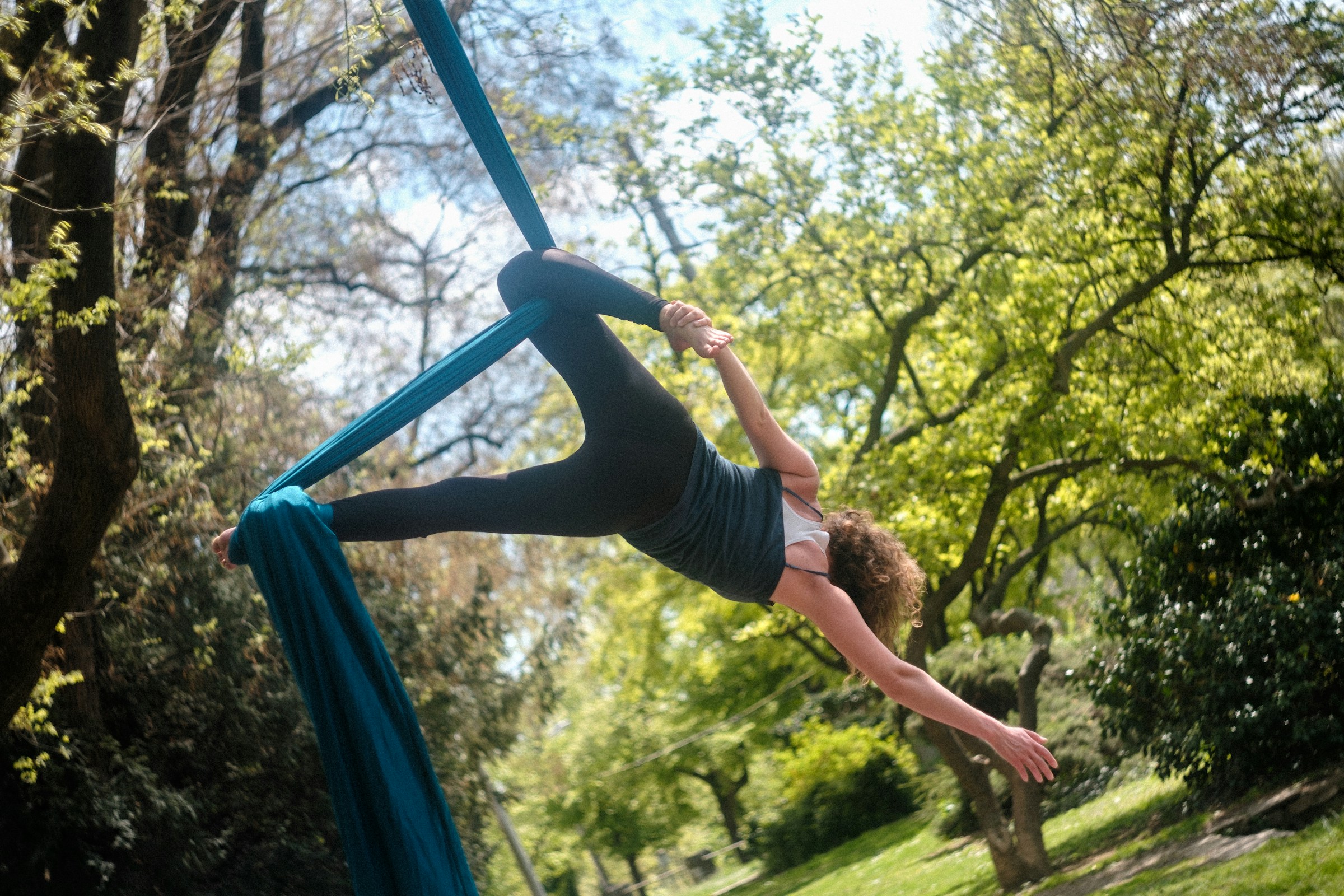
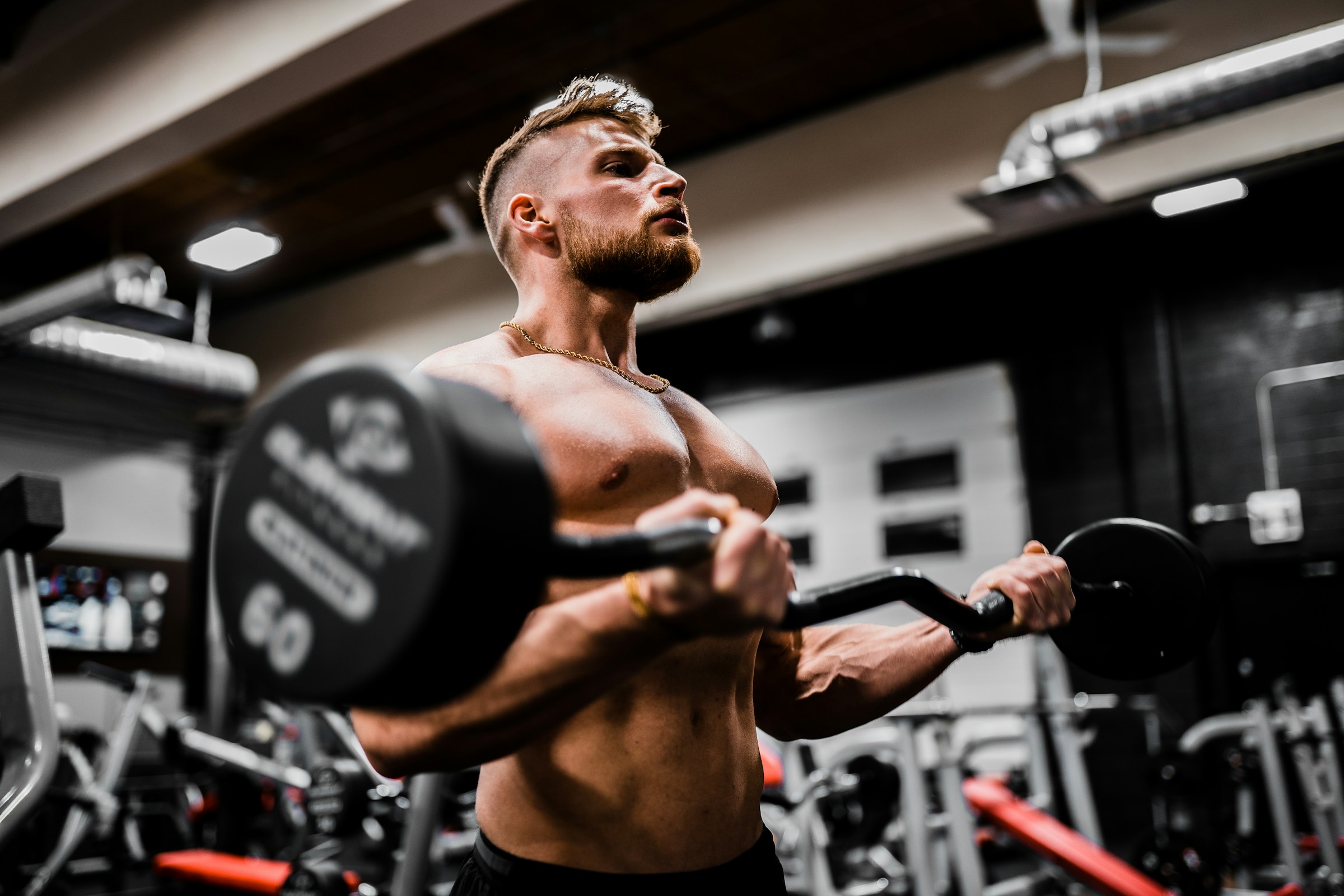
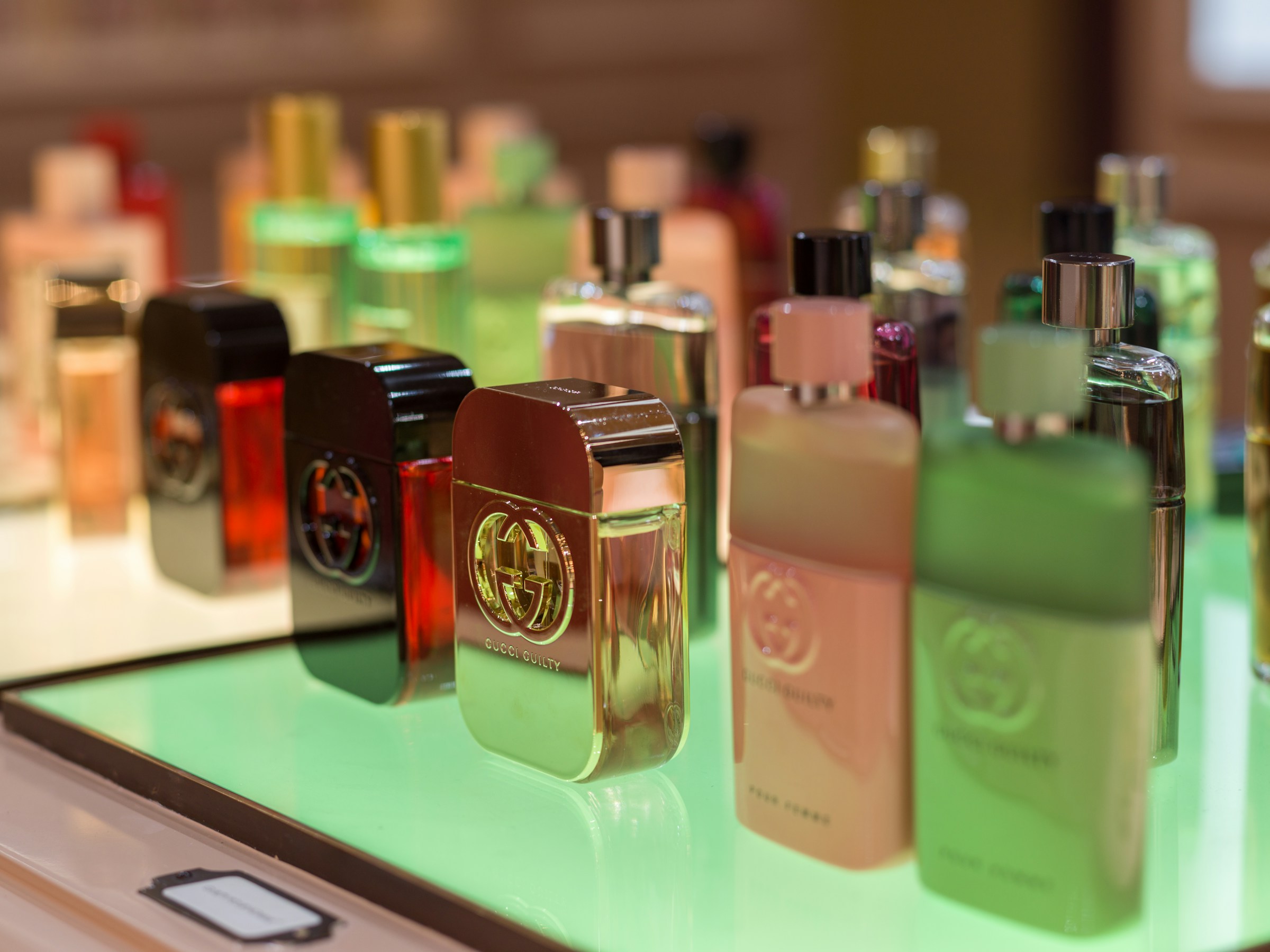
Leave a Reply
You must be logged in to post a comment.